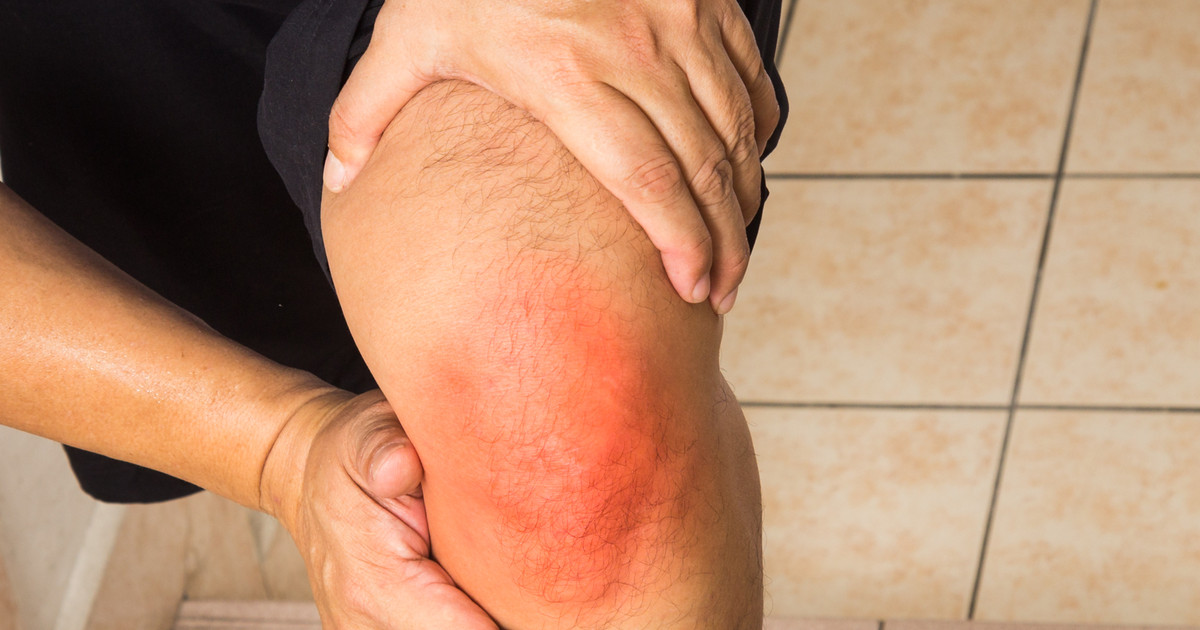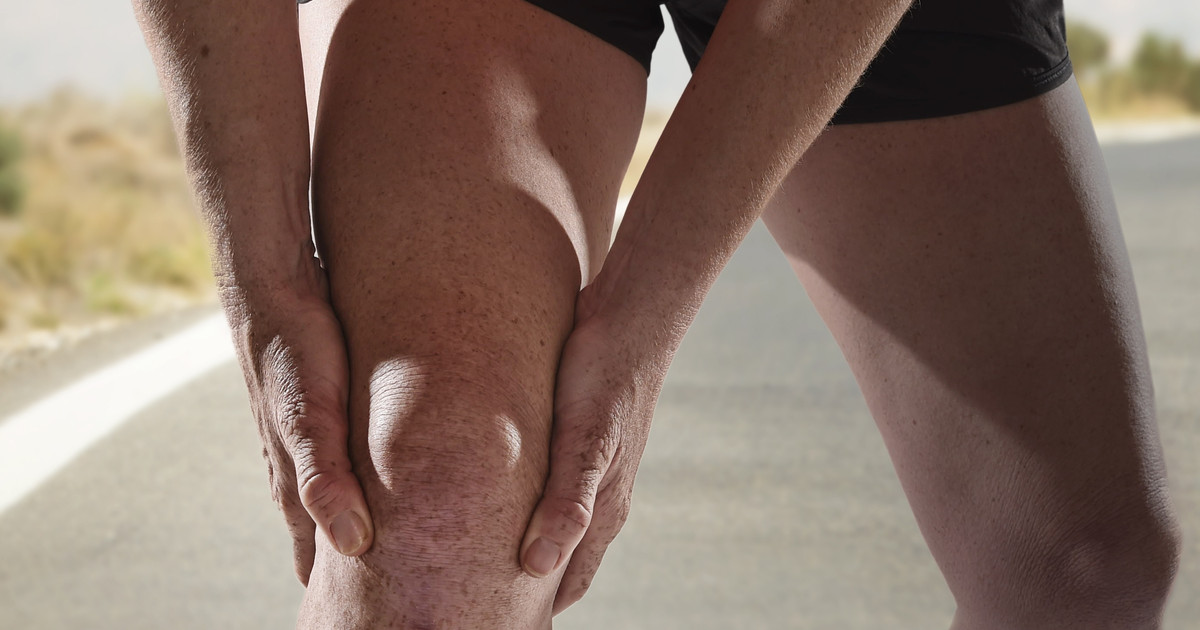What Are The Symptoms Of Iliotibial Band Syndrome?
The iliotibial band is connective tissue. It appears to run from the hip to the shinbone. This band should be on the outer part of the leg. The iliotibial band seems to have a significant influence in helping the knee move. This may include extending, bending, and flexing it. Unfortunately, this band may sustain damage. This damage appears to be called iliotibial band syndrome in many cases. Doctors seem to consider it an overuse injury. Leading causes may include mechanical imbalances, not stretching correctly before physical activity, and overworking the body. Bicyclists and runners appear to experience this condition the most. However, it may affect anyone.
Patients appear to have a few options for iliotibial band syndrome treatment. Resting their legs seems to be the best starting point. They may relieve some pain with medications for iliotibial band syndrome as well. Over-the-counter anti-inflammatories for iliotibial band syndrome appear to be effective at providing IT band pain relief. Patients may also wish to try foam rollers for the legs or massage as home remedies for iliotibial band syndrome. Serious cases seem to need physical therapy for iliotibial band syndrome. However, patients may want to review their symptoms to ensure that they get the best treatment for iliotibial band syndrome.
Stinging Or Pricking Feeling
It seems as if one of the first indications of this condition is a stinging or pricking feeling in the knee. This sensation may occur after the patient's leg was moving. Most patients appear to ignore this feeling, though many say that it can feel odd. The reason for this may be that the feeling can appear in quick bursts. However, patients may feel more stinging or pricking over time. This can happen as the iliotibial band takes on more damage. It may take months for the stinging or pricking to become painful. Patients appear to feel this sensation when their heel hits the ground.
Continue reading to reveal more potential symptoms of this syndrome now.
Knee Swelling
Healthy individuals should be able to bend and extend their legs without harming their knees. Part of the reason seems to be because of the iliotibial band and bursa. However, it appears that inflammation can begin in this area if individuals overwork it. Inflammation may also occur if they do not stretch it properly. Some patients seem to find it hard to notice symptoms when this first happens. However, it appears that prolonged inflammation may trigger knee swelling. Swelling around the knee may only subside if patients receive medical treatment. They also seem to require decreased activity.
Get more information on the possible warning signs of this condition now.

